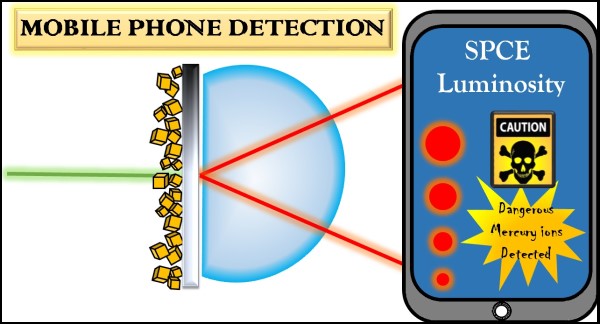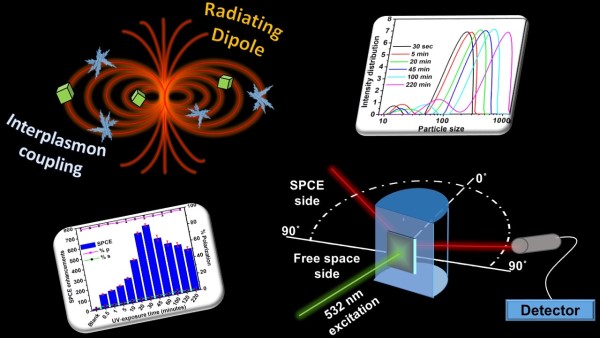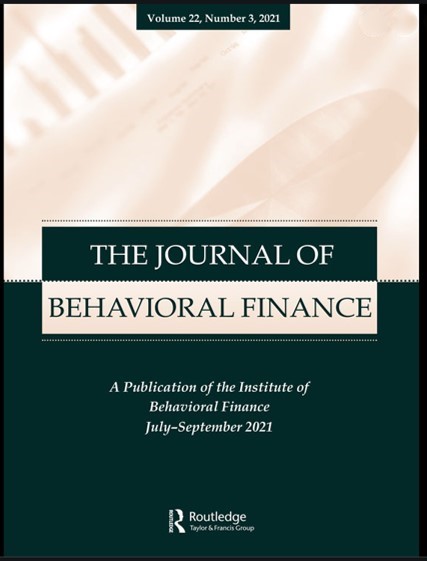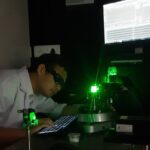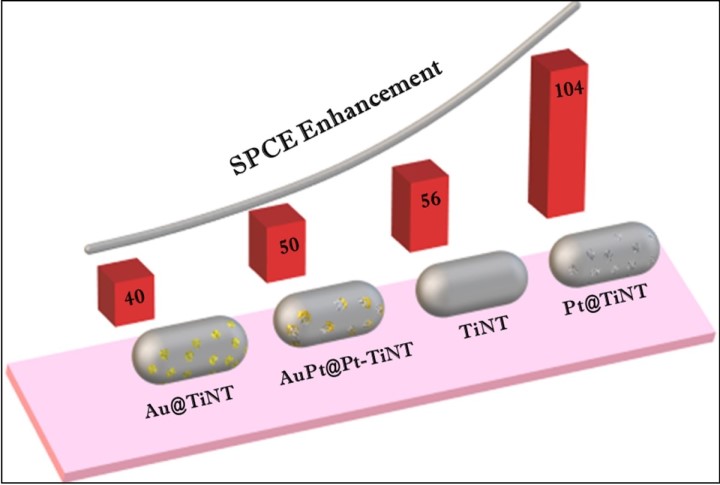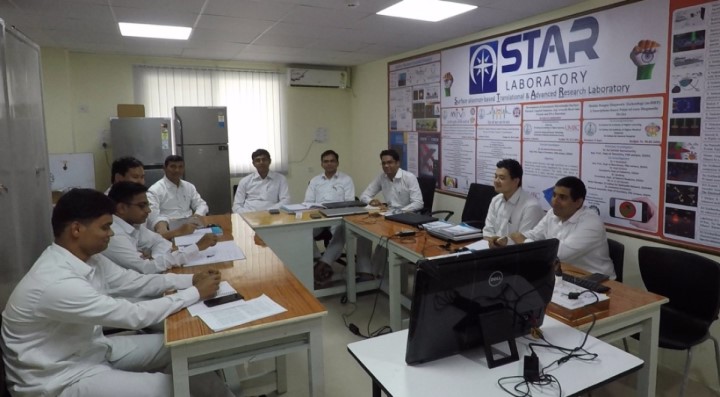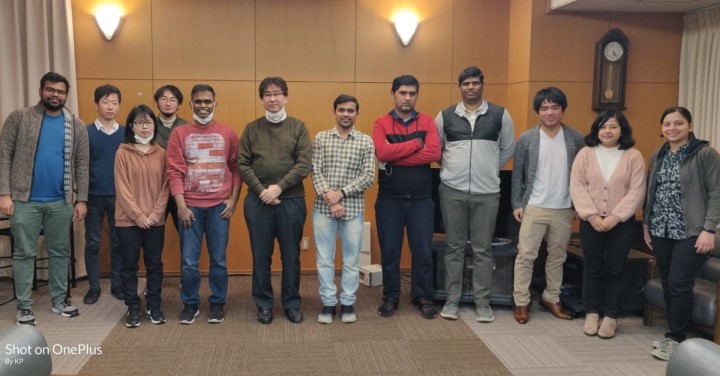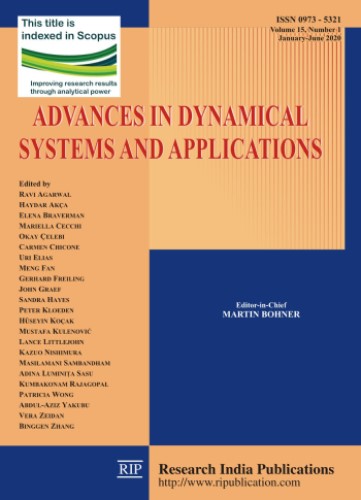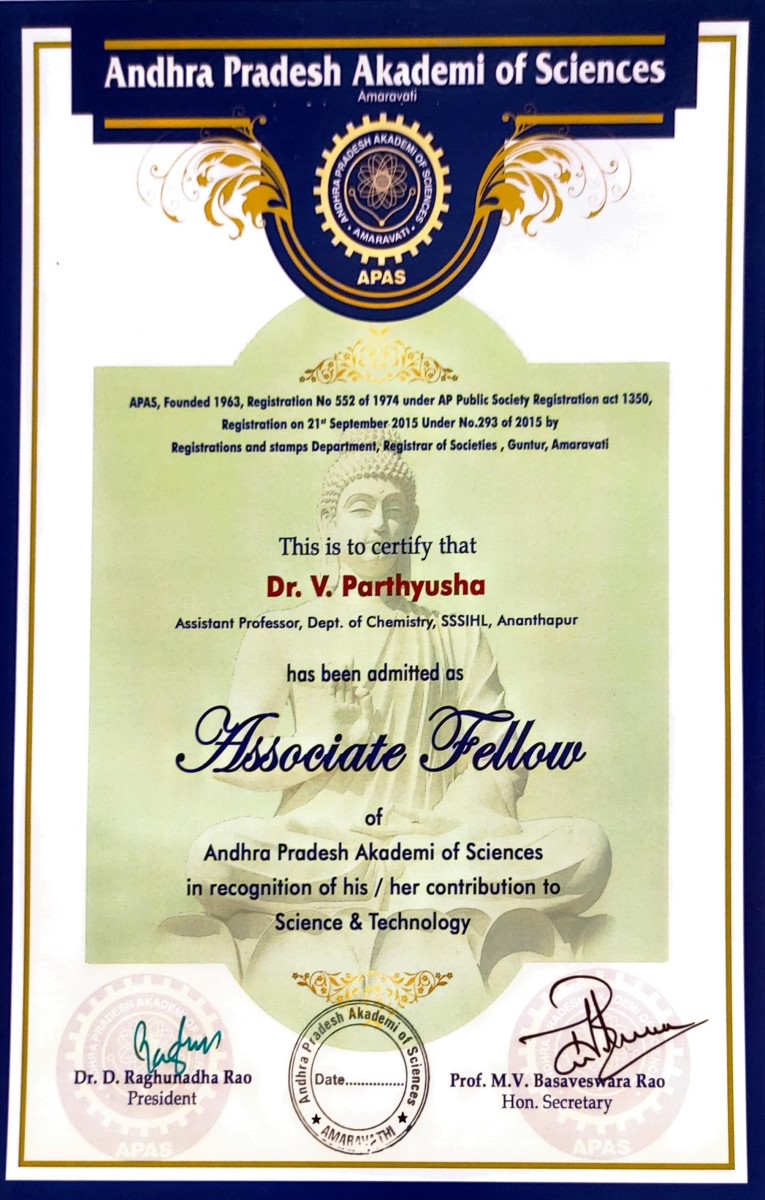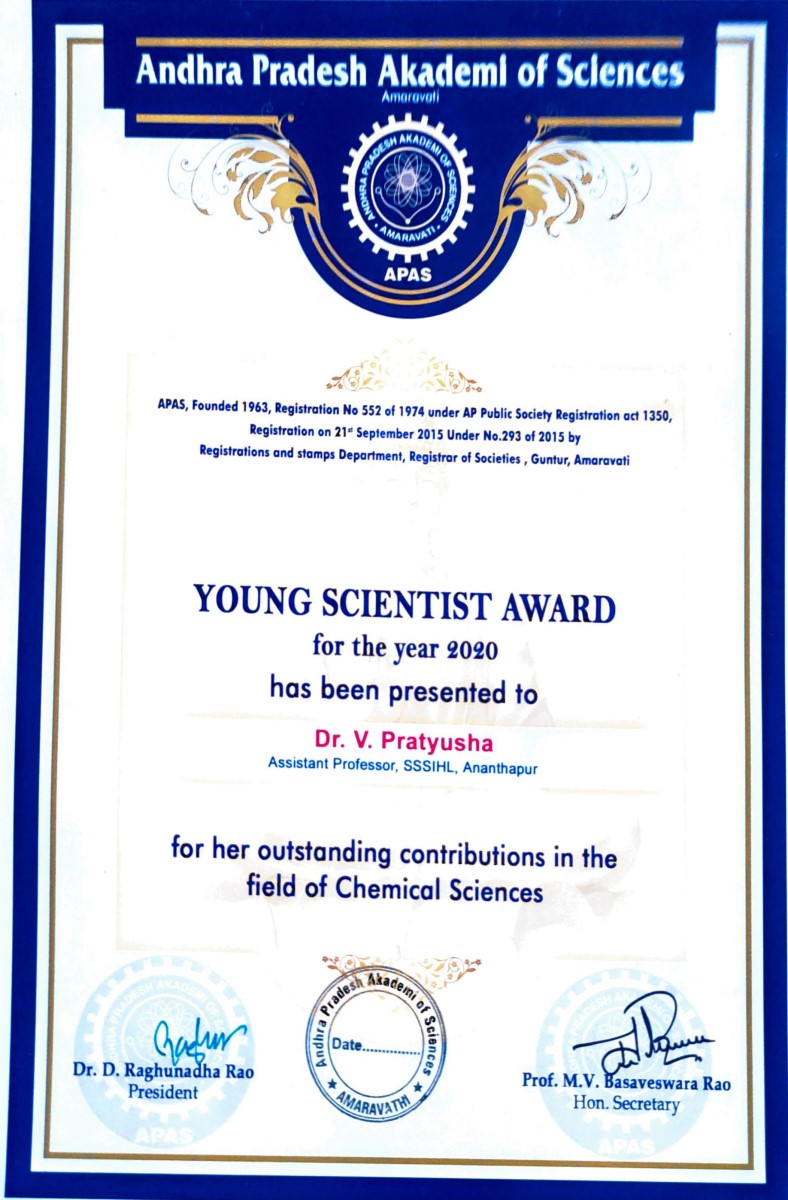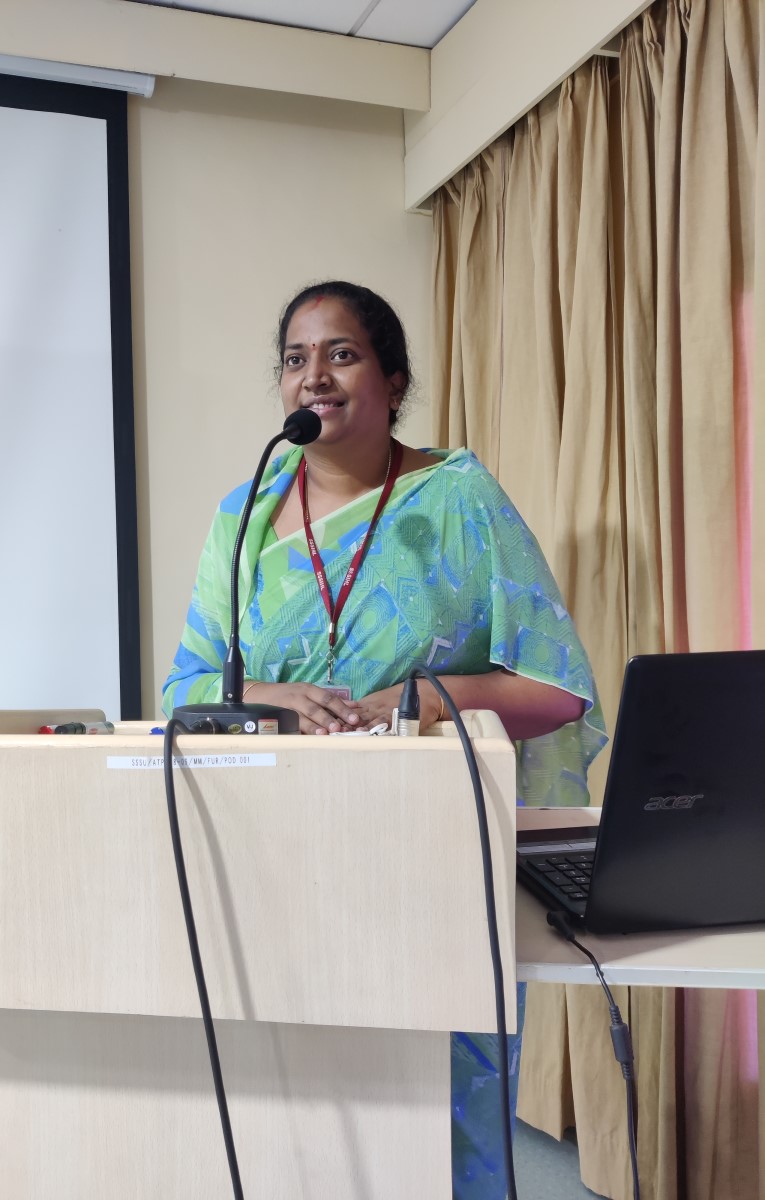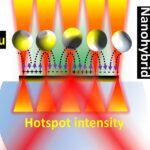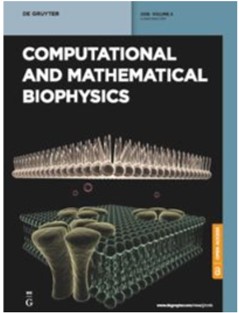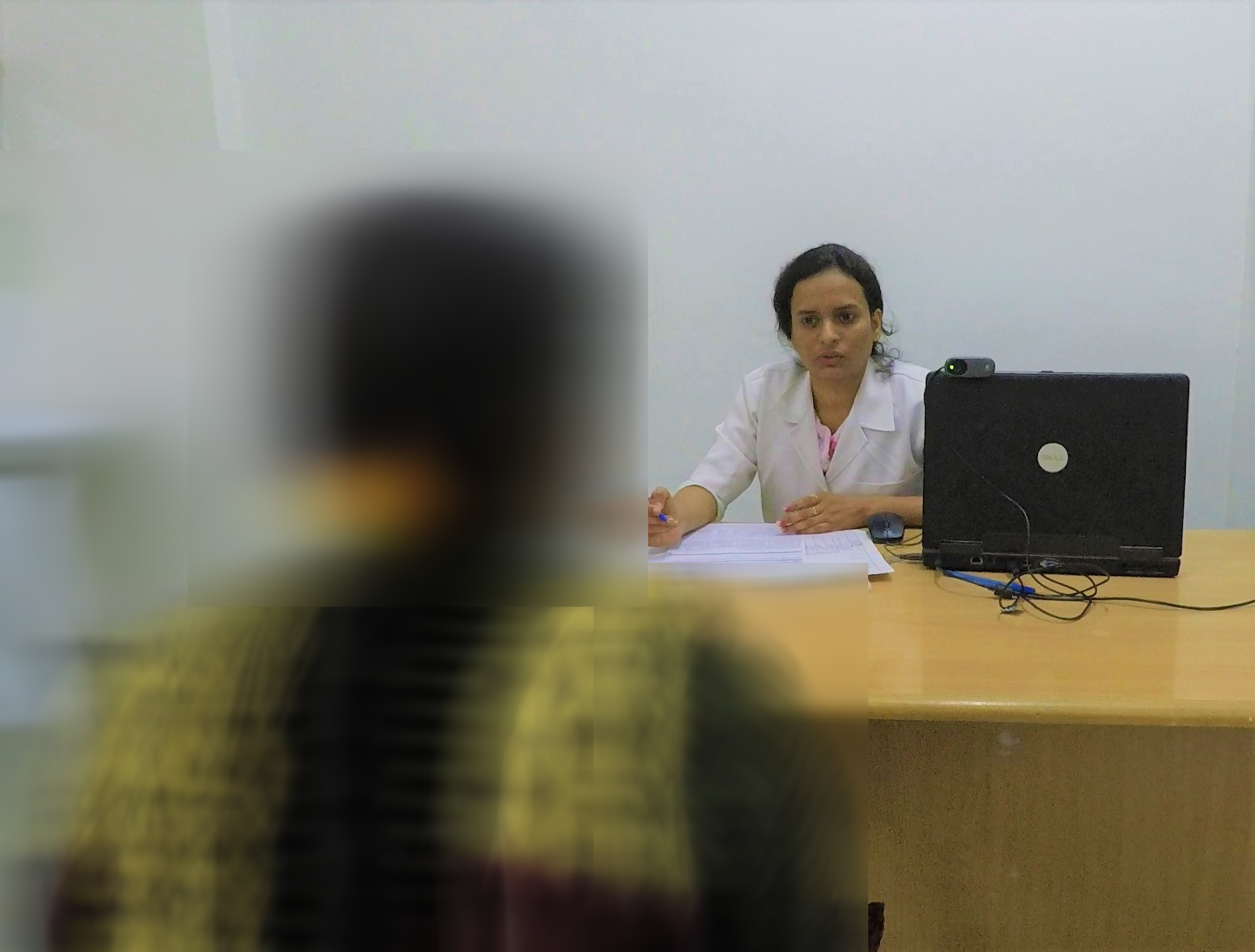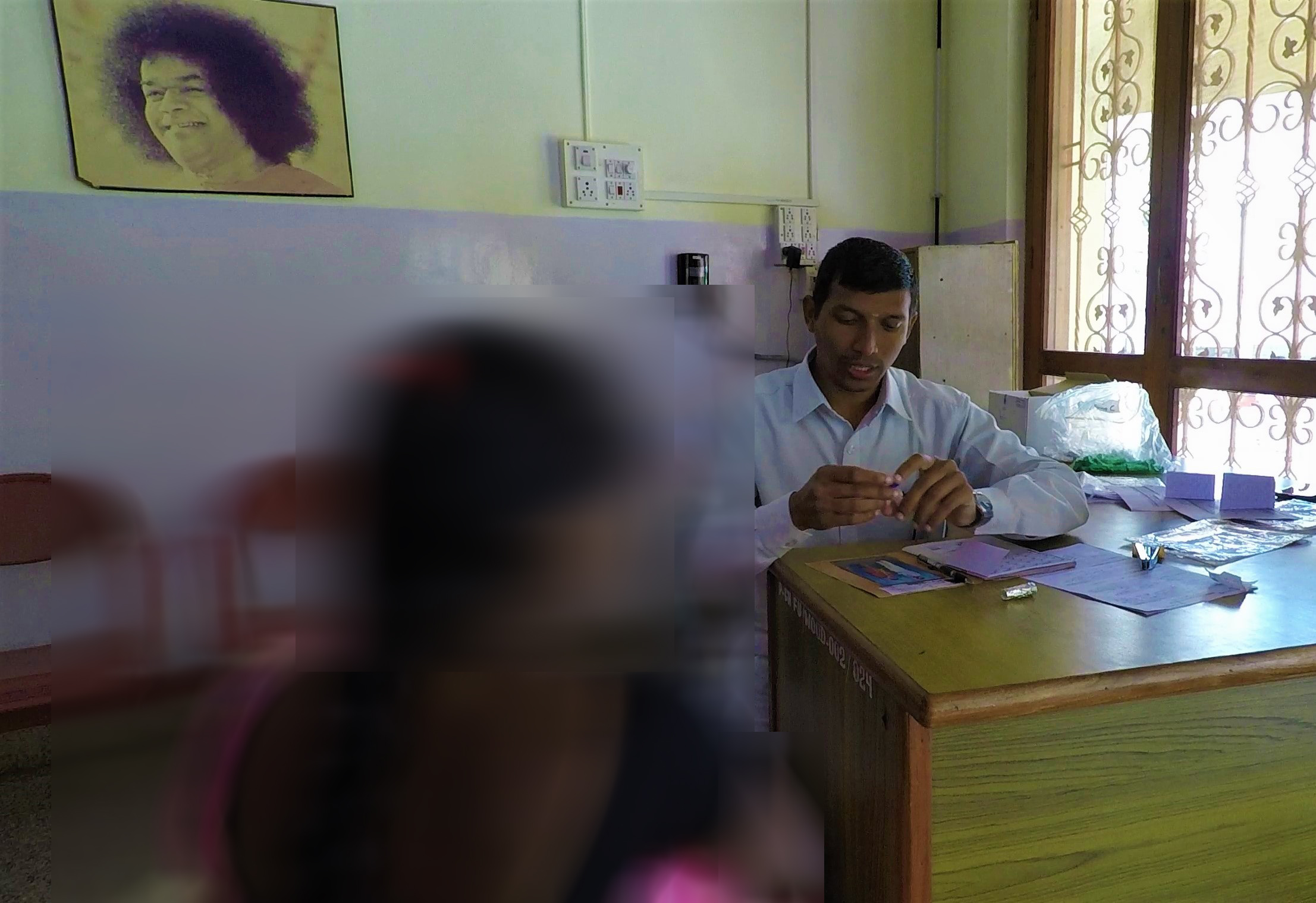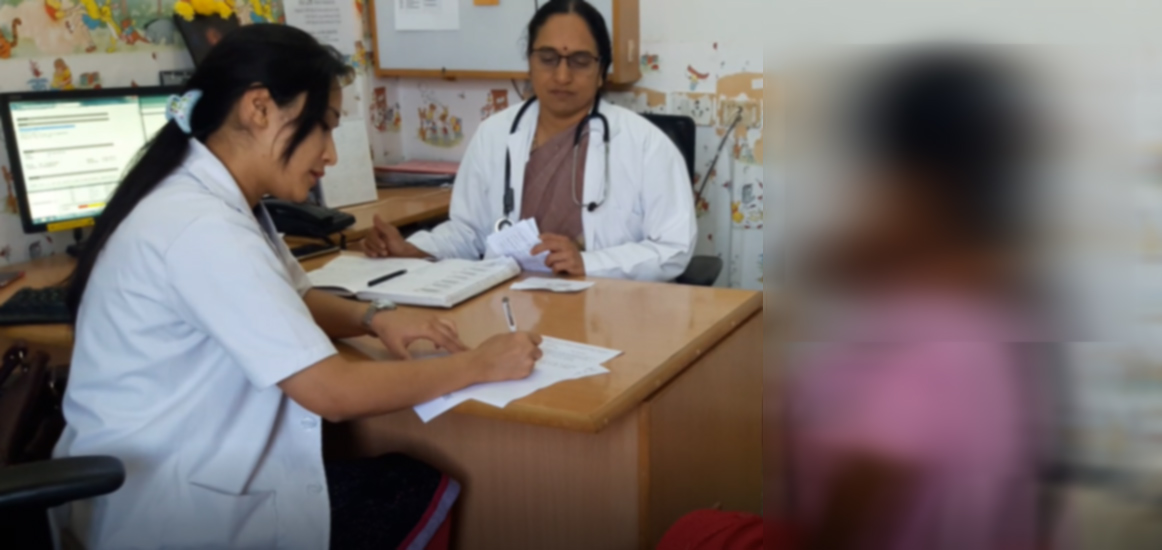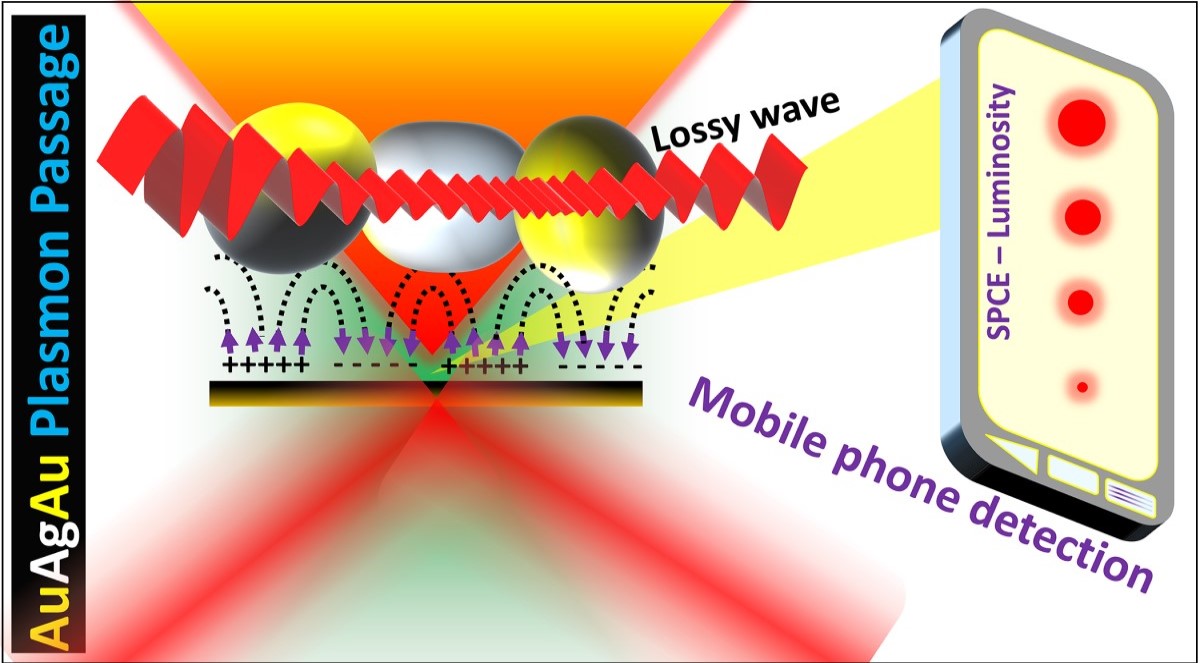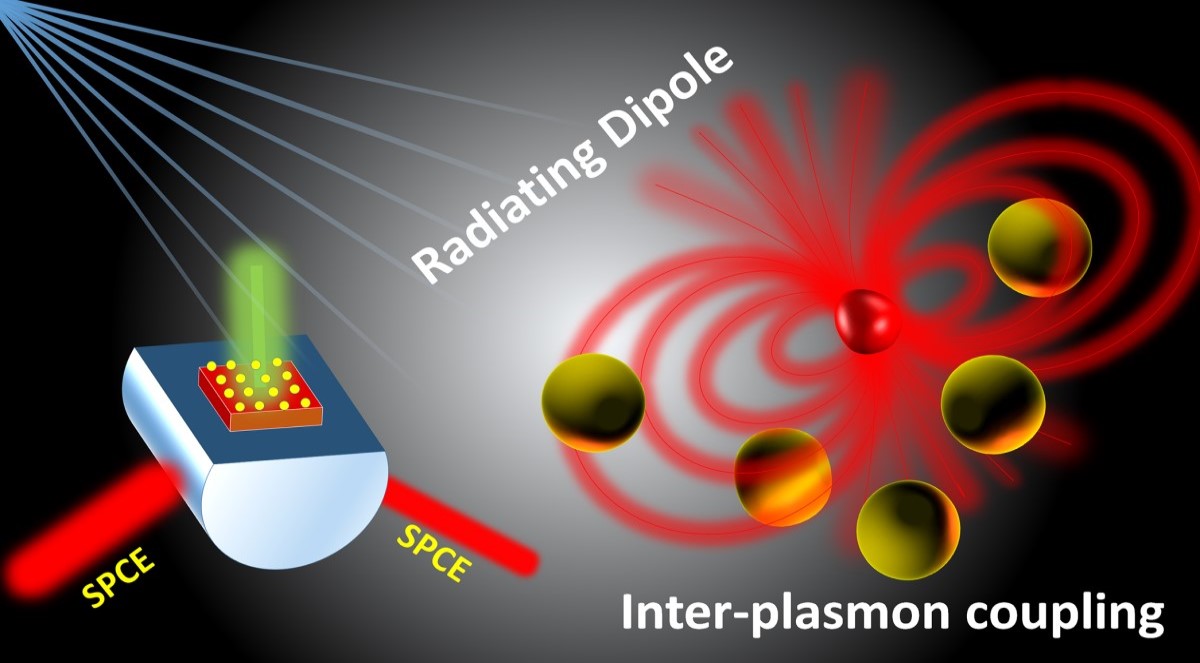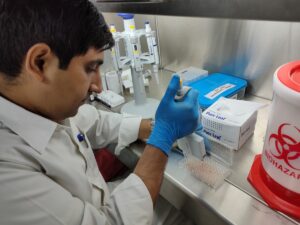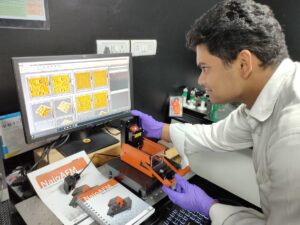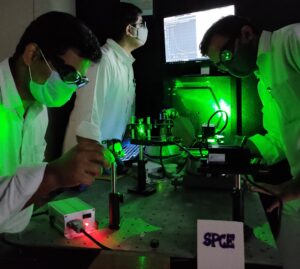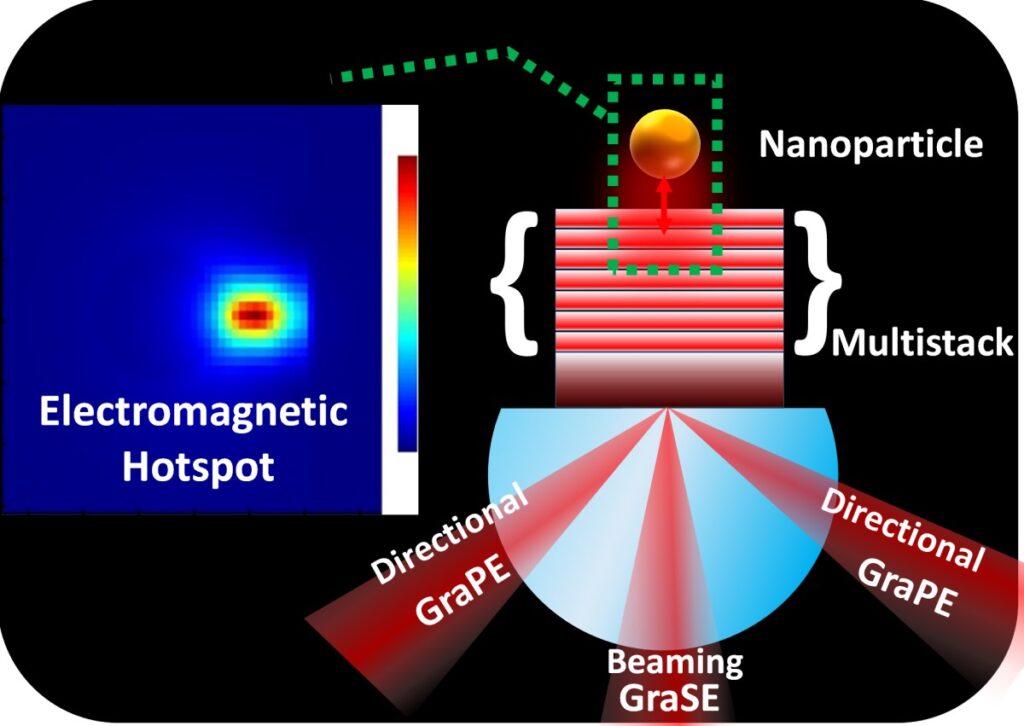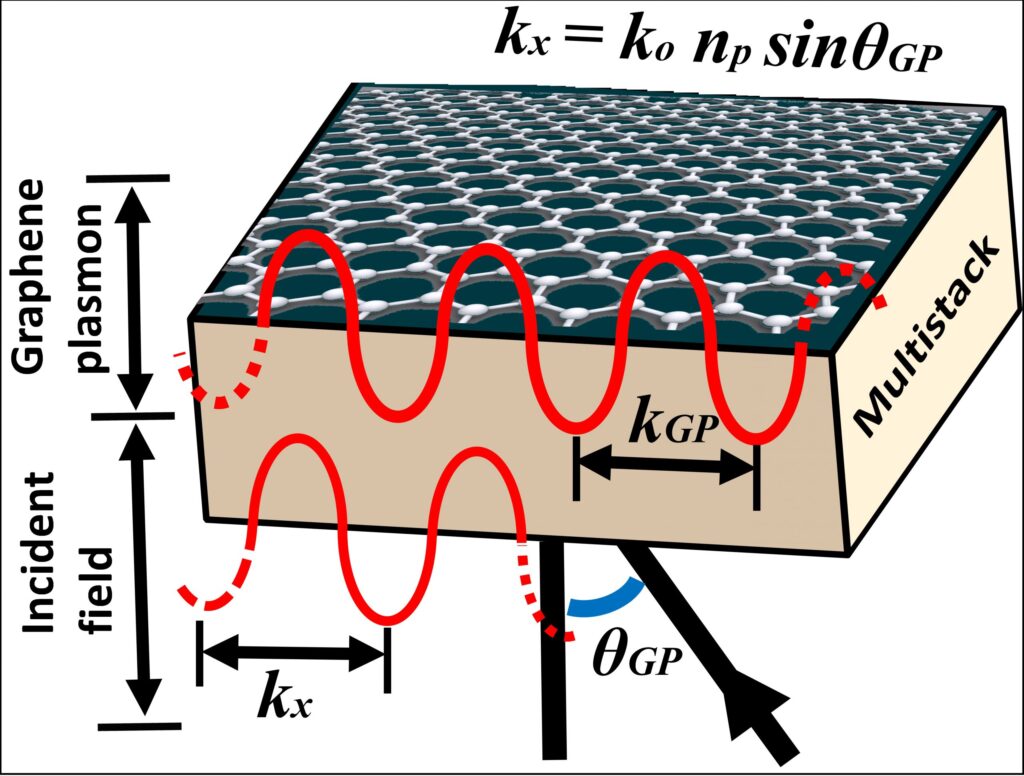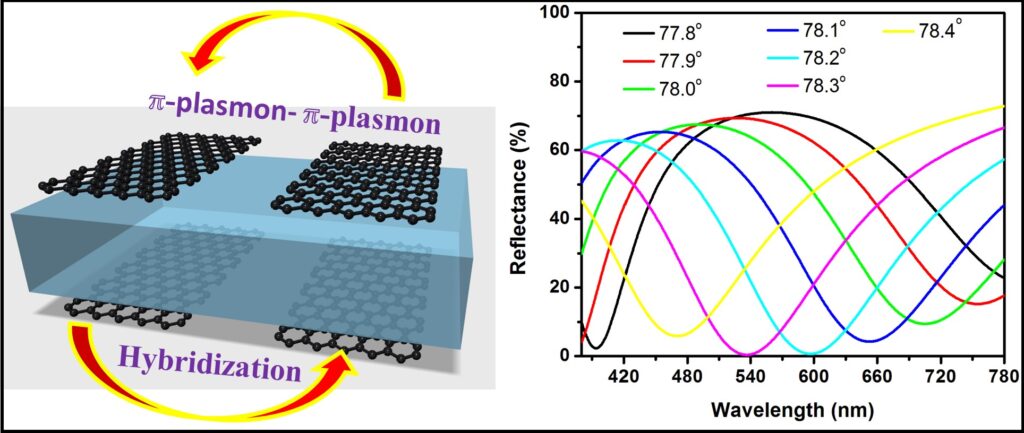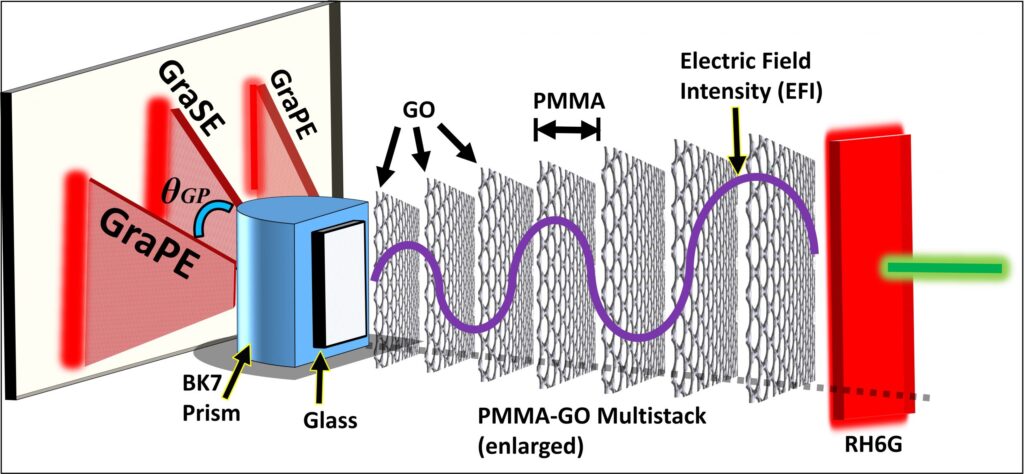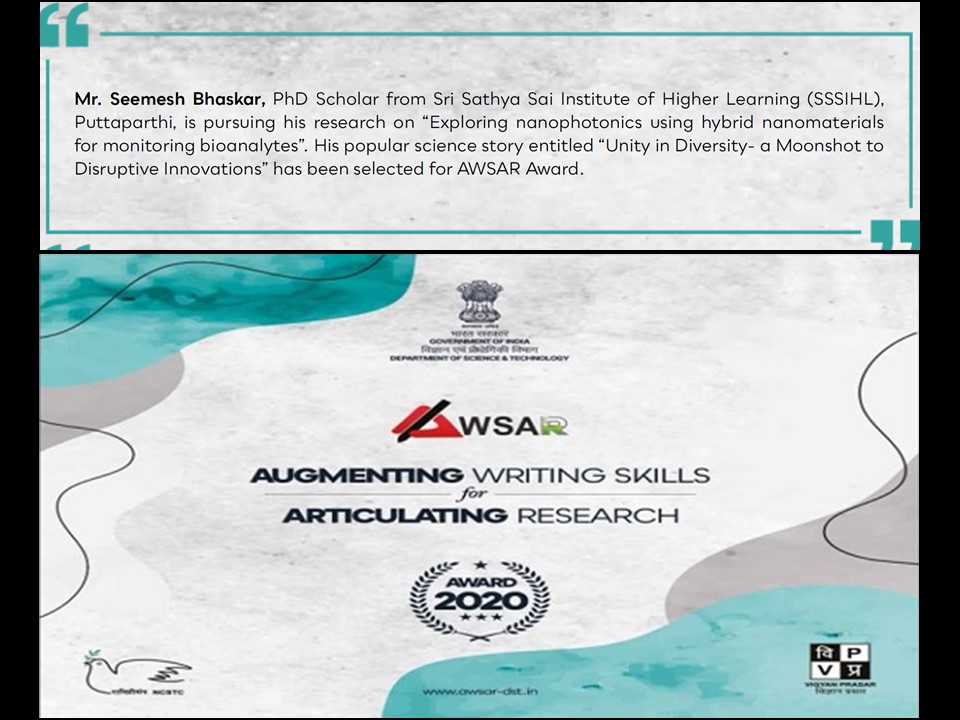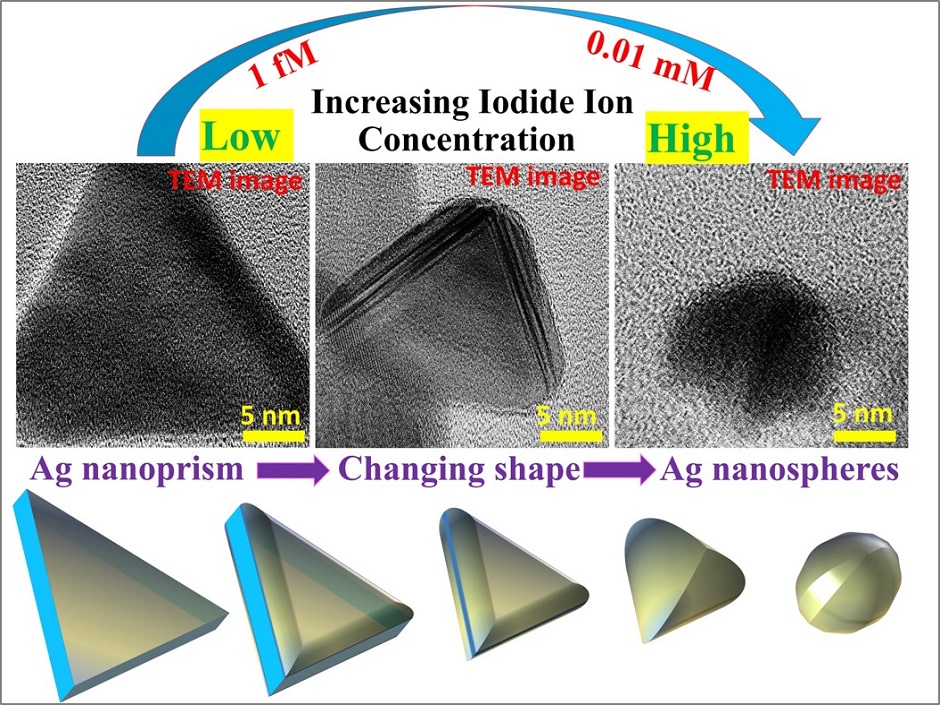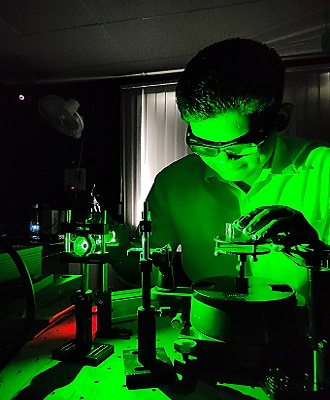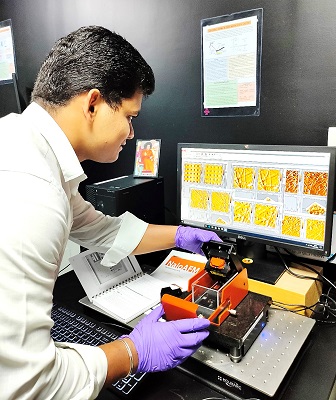The SSSIHL Research team, led by Asst. Professor, Dr. Sai Sathish Ramamurthy, has published a new paper in ACS Applied Nano Materials that explores the use of a novel biopolymer, Lycoat®, to synthesize silver nanoparticles via a frugal disruptive approach. The augmented enhancements obtained from these nanoparticles were utilized for mobile phone-based attomolar sensing of environmentally hazardous mercury (Hg2+) ions.
Identifying the Issue
- Chemical, microwave and sonication assisted synthesis of nanoparticles have been used frequently. However, the advantages of UV light, an abundant renewable natural source, is seldom discussed which is significantly conducive for the synthesis of nanomaterials
- Metal ions in unregulated concentrations wreak havoc in the ecosystem by entering the food chain. The alarm with regard to mercury poisoning has been raised world-wide and several methodologies are adopted for detection of Hg2+ ions at extremely low concentrations for early diagnosis and environmental monitoring
- There is an urgent need of a frugal science based disruptive technology for the fabrication of nanomaterials to be used in translational applications that are rapid, low-cost and user-friendly, portraying high sensitivity and specificity
Objective of the Research
- Identifying eco-friendly and cost-effective approach for the synthesis of nanoparticles with defined geometries and anisotropy that can aid in achieving augmented fluorescence enhancements
- Improving the sensitivity and specificity of the sensor materials in comparison with the cost intensive and hazardous technologies that are currently being utilized. Sensors are extensively used in environmental health monitoring, public health control, industries and homeland security
Who should read this?
Anyone in industry, working directly or indirectly on sensor development or sensing related technologies including, security, surveillance, monitoring, environmental safety monitoring and medical technologies



